The Jersey Shore is undoubtably a time-honored tradition for many families in the Greater Philadelphia area. Generations of people have brought their children to the shore, and those children have brought their own families. But a recent stay in down the shore with my own family has me wondering if those “family friendly” towns are less friendly to families than they think they are.
Ocean City has always considered itself one of the most family-friendly shores resort in the country. Founded by a religious group decades ago, the dry city has no bars, and attractions do trend toward being family friendly, with plenty of arcades and rides along the boardwalk. But as a father of my own child, I found myself evaluating if Ocean City was friendly to my family during my recent visit. The results are much more mixed than I thought they would be, and some pretty dark biases against families emerged without having to dig too far.
First things first: if you go to the Jersey shore, you better like baking in the sun on the beach because there isn’t much else to do. If you have a child who still naps, there’s not much to do before a nap; the library has no programming for smaller kids, the rides don’t open until 1pm, and there’s nothing even remotely resembling an indoor play space. If it isn’t too hot and humid outside (as it was for almost our entire stay), you could venture out to a playground, but that’s the extent or your options. If you’re willing to travel down the Parkway, the Cape May County Zoo is a good option, but again, it’s weather dependent. It’s very easy to get trapped in your hotel room or rented condo with a little one, which is extremely frustrating.
Beyond Ocean City, it seems like tearing down things to do in order to build more housing is a trend that’s been happening for a while now. I spent a long time going to Sea Isle City, and there are plenty of things that used to be there that are now just housing. There were even rides on the pavilion (their version of a boardwalk) for years before they closed. The result is a marked decline in things for both kids and adults to do. Sea Isle during the middle of the week in August feels absolutely dead. In an era where people are looking for more interesting things to do in fun, quirky downtown environments, it’s rather retrograde that these towns are going in the opposite direction. I almost wonder if this is the start of the kind of decline an increasingly ratty Atlantic City saw in the mid-20th century as air travel opened up other vacation destinations.
Getting back to Ocean City, there’s an even graver issue at play in the city that really disturbed me while I was there. We stayed along West Avenue near the downtown core, and we didn’t realize how pedestrian unfriendly that road is. It’s a very wide road, but instead of using that width to engineer a space where pedestrians, people on bikes, and drivers could feel safe, it’s just a big road with tons of space wasted on paint and turn lanes down the middle.
There are crosswalks in spots, but there are few signalized intersections, meaning people who want to cross – and there are always people who want to cross in towns where people walk to the beach – have to slowly peek out and try to find a driver who will stop for them and let them cross, only to have to repeat the process mid-roadway. It’s not a very vacation-y, relaxing environment to be in, to be honest. And the city clearly has no interest in fixing the issue by requiring the built environment to confirm to pedestrian-friendly standards, as you can tell by how fine they are with the completely pedestrian hostile, drive-in, drive-out Wawa at 13th Street (there isn’t even a painted “crosswalk” from the sidewalk to the entrance as some suburban Wawas have):
Meanwhile, other streets feature blatantly anti-bike signage. As you enter the city, there’s a small sign on West Ave that tells people riding bikes that they must obey all road laws. Fair enough, but there’s no sign telling drivers not to kill people on bikes or crossing the street. Ocean City struck me as a town much like many American cities that teems with people walking and riding bikes and yet which prioritizes the desires of drivers. There are plenty of people riding bikes in Ocean City, and they could use a lot more respect than they get from the city and county.
To be clear, this is 100% a family issue. People come down with their kids, they walk to the beach, they bike to the arcade. People of all ages walk and ride bikes in every shore town, even if they don’t do so in their own towns back home. You cannot be a family-friendly town if you don’t commit to keeping every road user safe.
This, unfortunately, brings me to my last qualm with Ocean City. While I was in town, I stopped (via bicycle) by the intersection of 8th Street & Bay Ave, where Barbara Myers of Woodbine killed (to no criminal consequence) Thomas Gibbons of Pennsylvania with her car while Gibbons was walking in a crosswalk. She was distracted making a left turn and killed someone. In response to this death, the city and county administrations decided to erase the crosswalk, making people cross three times instead of one to get to the other side of Bay Ave.
As the Ocean City Sentinel reported:
“The county responded by erasing the southern crosswalk at Eighth Street and Bay Avenue and blocking it with bollards and traffic cones, preventing pedestrians from crossing there. A flashing warning sign was placed nearby, alerting pedestrians that the southern crosswalk is closed.”
This is absolutely implicit victim blaming and continues the American tradition of putting the heaviest onus on the most vulnerable road users. If there is agreement that putting pedestrians in front of drivers making left turns onto Bay Ave is too dangerous to allow, then left turns should be prohibited for drivers. The city is a grid; drivers will figure out how to get where they’re going. Pedestrians – who in the case of a resort town are young children, their parents, grandparents, or people with beach equipment – should not have to pay when one of them is killed. Ocean City and Cape May County show just how little value American bureaucrats really put on human life if it means inconveniencing drivers.

When it comes down to it, we most likely won’t be going back to Ocean City for vacation. We just don’t feel safe walking with our child across the wide streets and aggressive drivers that Ocean City’s mayor and city council enables. When it comes time for our child to use a balance bike and walk around on his own, I would never feel safe with him trying to cross these horrible roads.
I always find it so disturbing how specific towns and America at large claims to put families first and then fail the most basic treatment of vulnerable road users. Communities should always be judged on how they treat their most vulnerable citizens, and on that mark, American communities fail spectacularly.
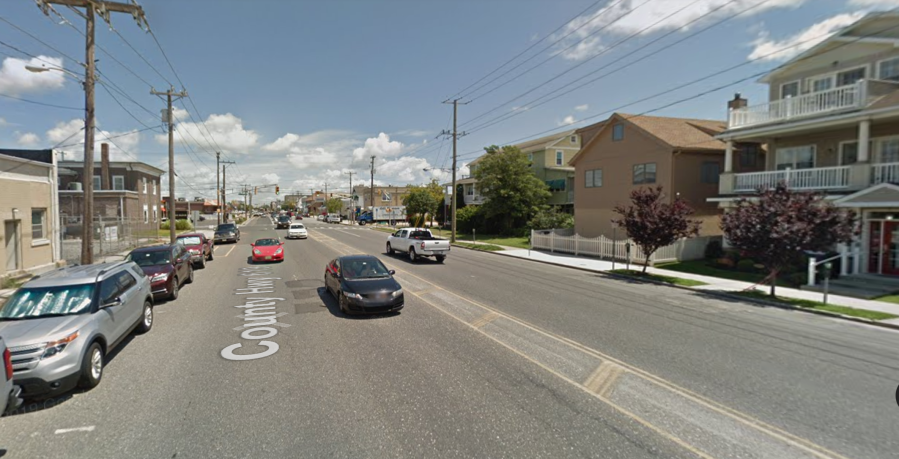
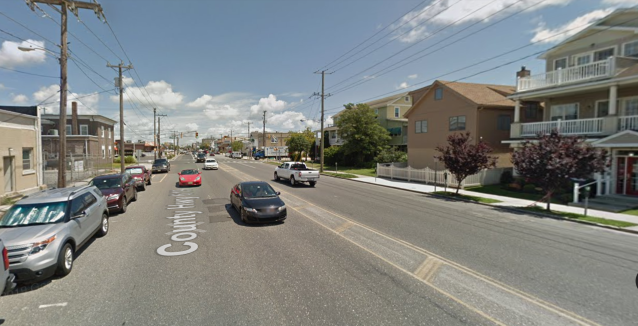
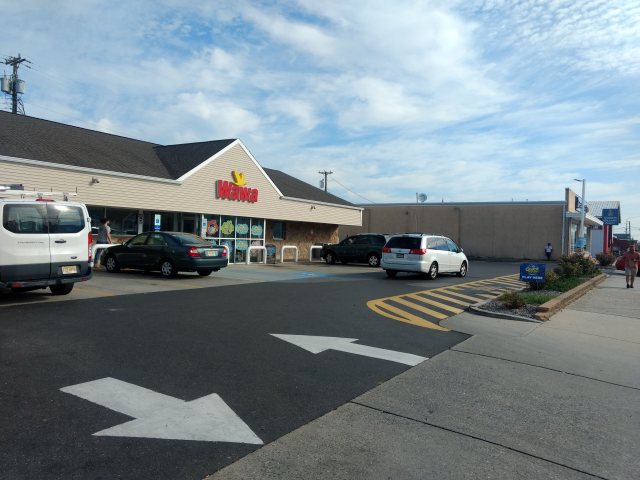

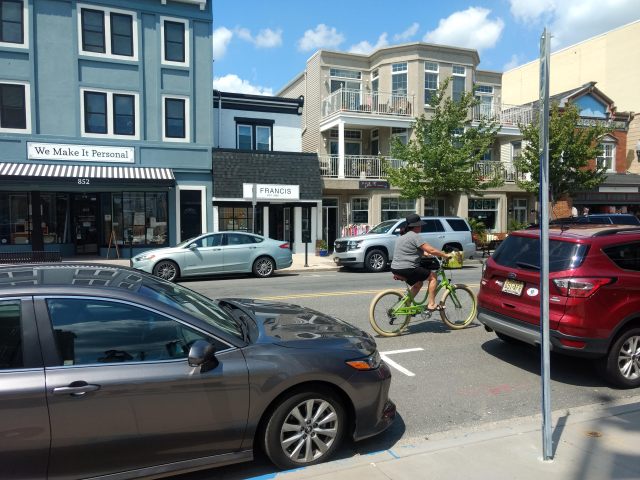
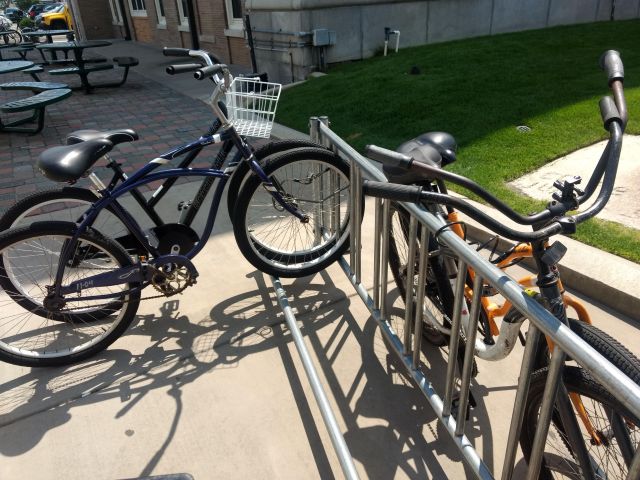

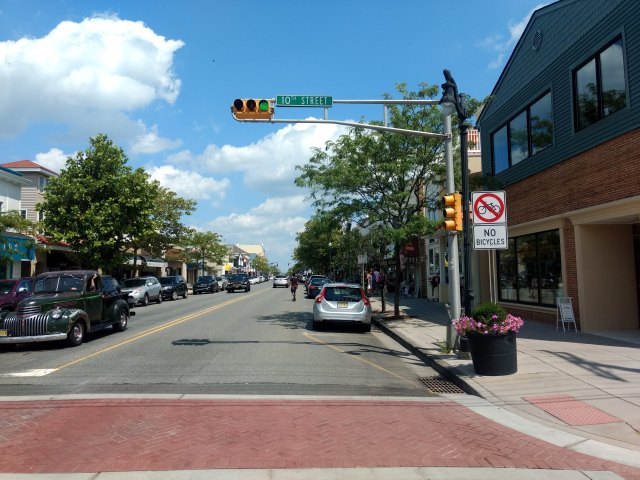
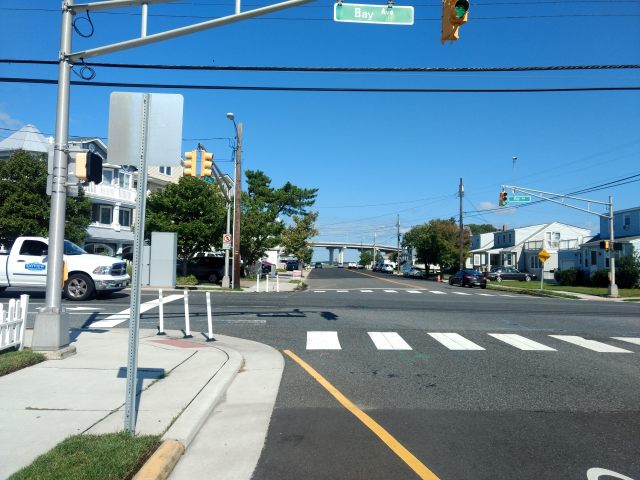

As a year round Ocean City resident it is very disappointing to read the extreme cherry-picking that this article presents. OC is a designated bike friendly community by the League of American Cyclists (one of only 3 in the state!) and has extensive bike infrastructure (including repair stations, a bike path that travels the length of the island, HAWK beacon at the City’s main gateway, a bridge-multi-use path, etc.) and a robust bicycle safety advocacy group in the City which is not mentioned here. The “no bikes” sign on Asbury Avenue is further cherrypicking- many downtown CBDs throughout NJ prohibit biking on sidewalks, but the placement in the article falsely implies bikes are not permitted at all downtown. Most communities throughout NJ – and particularly those with bustling CBDs – still prioritize drivers and don’t do half of the investment or attention that OC does- why should it be singled out?
West Avenue is certainly an unattractive expanse of street and has the widest ROW on the island. Crossing it is unarguably a challenge. But it has dedicated bike lanes running nearly the entire length – nearly 6.5 miles – which is selectively not mentioned here. To cherry-pick the widest and busiest road as exemplar for the thesis here is bad-faith- nearly all other shore towns have such a road. The same could be done for any quintessential small town in NJ, like Route 130 in Collingswood,
The characterizations of there not being enough to do are – in context of other shore towns – are really a reach. There is a wide variety of programming and attractions on the Boardwalk and throughout the City. You would be hard-pressed to find any other community at the Jersey Shore that has as much programming as OC does. If it is not your type of programming, that’s fine- everyone has their preferences for recreational activity. But again, to make OC the exemplar of the thesis that there’s not enough to do at the shore (when there are plenty of sleepier towns) is puzzling.
The Shore as a whole is definitely quieter than it has been in the past, but the article fails to mention the root cause- which was that the real estate boom in the 2000s led to massive housing price spikes that accelerated teardowns of denser housing stock,such as hotels, B&Bs, apartment buildings and led to the proliferation of large single-family second homes. Rather than rent these homes out, second homeowners are increasingly using them as private residences and keeping them off the rental market- thereby decreasing the number of seasonal visitors. That trend has happened throughout the Jersey Shore and is a much bigger issue than any one town. That’s why the comparison to Atlantic City rings false- if anything, the Shore area is gentrifying- seeing increased household incomes of visitors and residents. Businesses, visitors, and even residents are increasingly priced out.
The criticisms made in this article about OCNJ can be reserved for many towns in the state and in South Jersey specifically. This article is written without knowledge of the years of ongoing discussions, planning, and community engagement that went into the creation of the island’s bike/pedestrian network. There should be a good faith effort to examine those efforts before taking cheap shots.